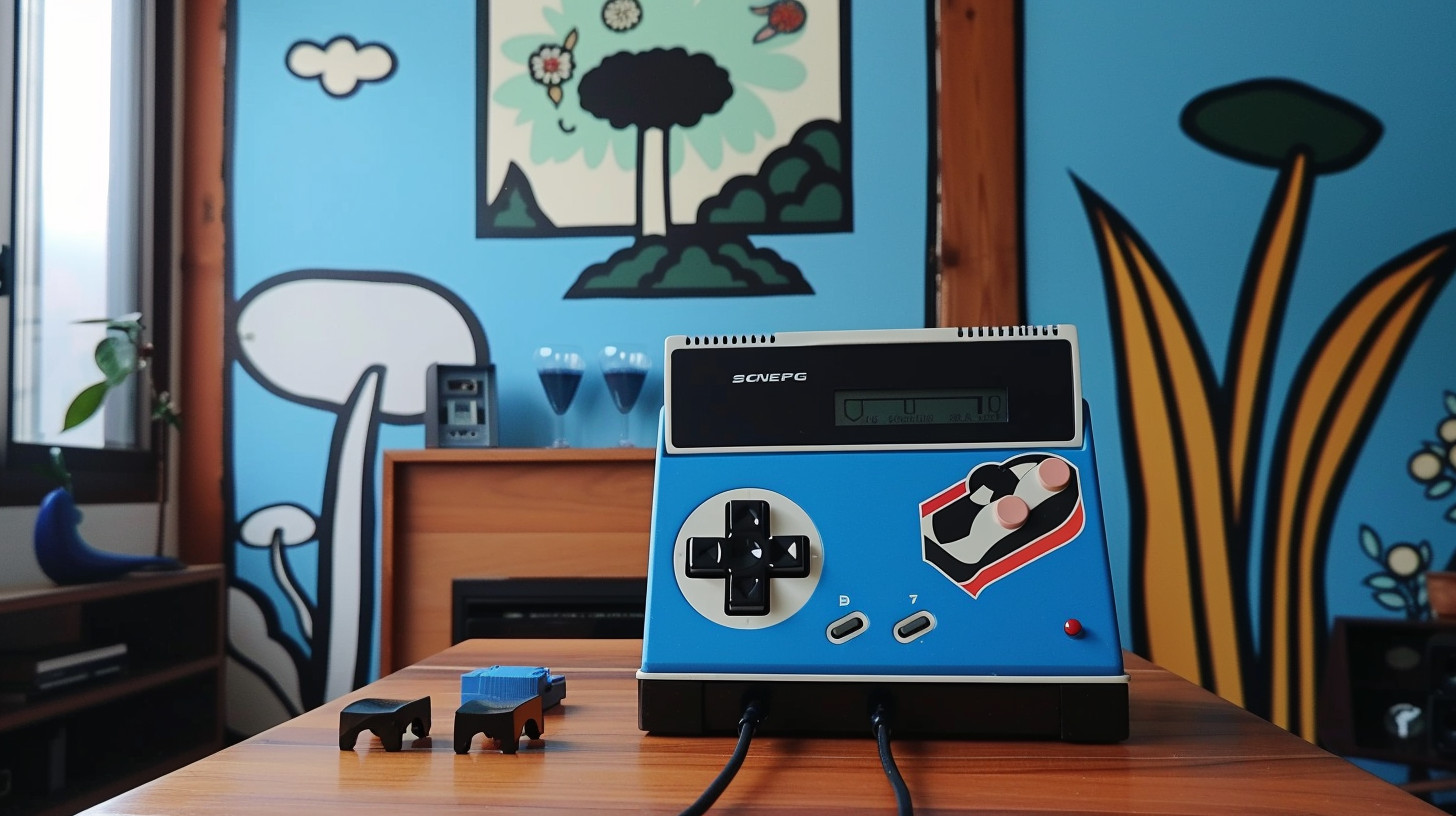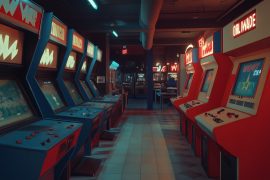I wasn’t always a Sega kid. That’s a confession that might get my “hardcore gamer” card revoked, but it’s the truth. I started on Nintendo like practically everyone in my generation. But Christmas 1991 changed everything when my parents—after enduring months of increasingly unsubtle hints, magazine cutouts strategically placed around the house, and at least one embarrassing public tantrum at Montgomery Ward—finally caved and got me a Sega Genesis.
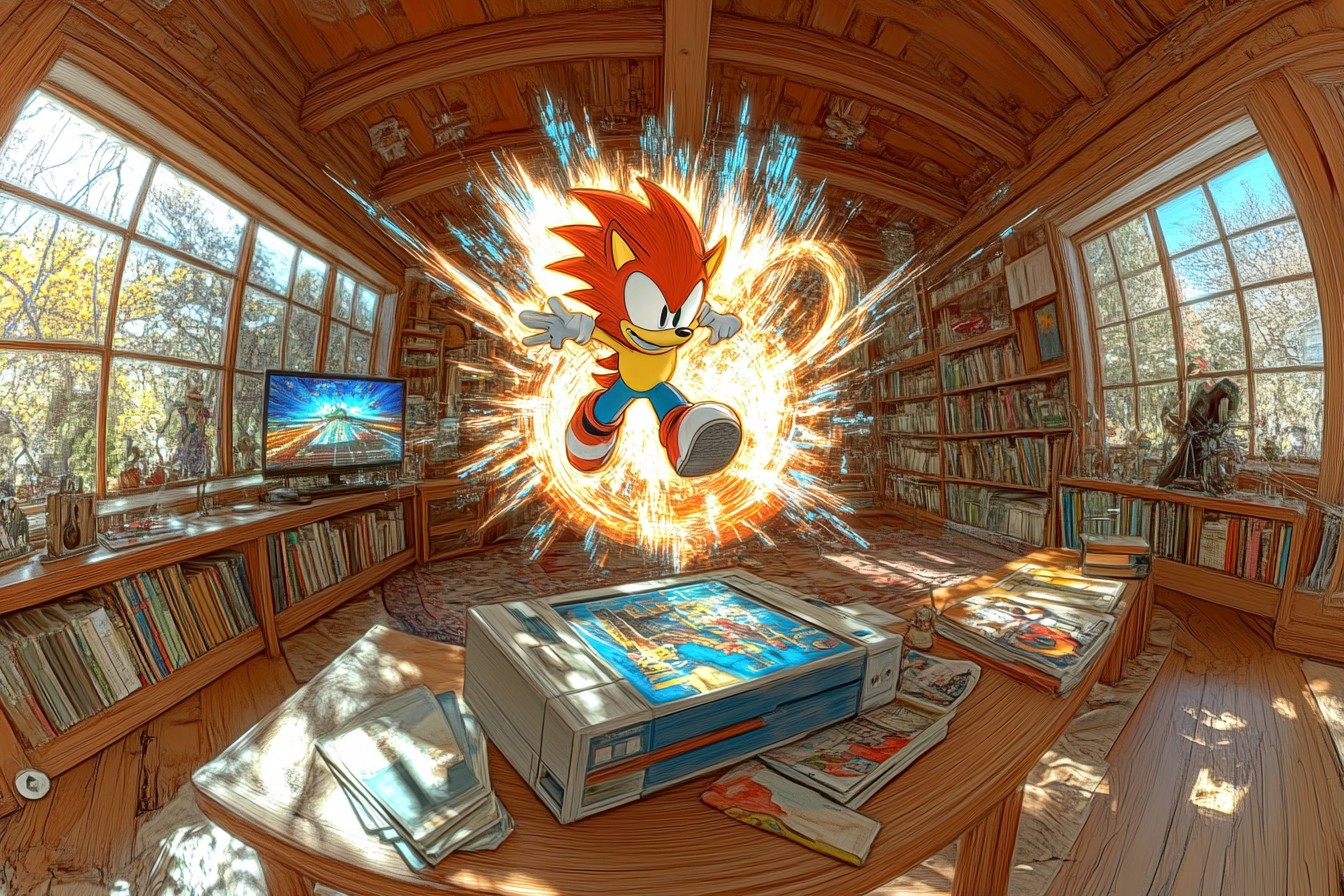
The box promised “16-BIT ARCADE GRAPHICS” in that aggressively bold early 90s font, and boy, did it deliver. The first time I plugged it in and saw Altered Beast boot up with that now-iconic “SEGA” voice sample blaring from our TV speakers, I knew gaming had changed forever. My dad, who normally showed zero interest in “those Nintendo games,” actually sat down and watched. “That looks like the real arcade,” he muttered, genuinely impressed. He’d taken me to actual arcades enough times to know. This wasn’t just an incremental improvement—this was a revolution happening in our wood-paneled living room.
The Sega vs Nintendo marketing war was in full swing by then, and I became an instant foot soldier. If you weren’t alive during the 16-bit console wars, it’s hard to explain just how tribal it all was. This wasn’t like choosing between an Xbox or PlayStation today, where most games appear on both platforms and the differences are mostly about exclusive titles and controller preferences. No, this was a lifestyle choice, a hill that middle schoolers were willing to die on. “Genesis does what Nintendon’t” wasn’t just a slogan—it was a battle cry for kids like me who suddenly found themselves on Team Sega.
My best friend Danny was a diehard SNES kid, and our friendship endured a serious stress test during those years. We’d have these ridiculous, heated debates about blast processing (which, I learned years later, wasn’t actually a real technical feature so much as a brilliant marketing term). “But the Super Nintendo has Mode 7!” he’d counter, as if that meant anything to anyone but the most dedicated readers of Electronic Gaming Monthly. We’d argue about color palettes and sprite sizes like miniature tech analysts, despite understanding maybe 10% of what we were actually talking about. The Sega Genesis vs Super Nintendo debate probably taught me more about rhetoric and debate than my actual high school debate club.
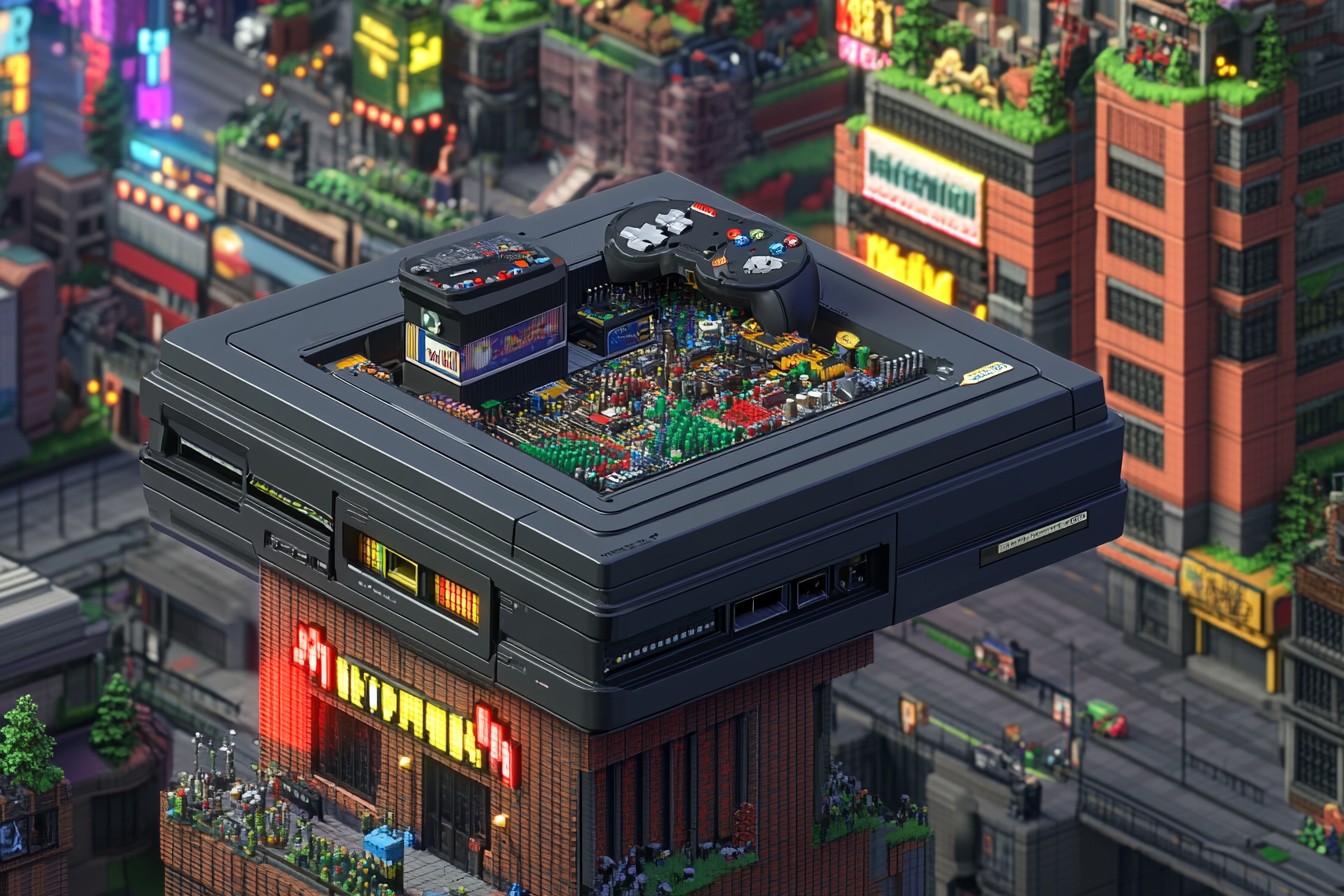
The moment that truly cemented my Genesis devotion came when I first played Sonic the Hedgehog. Mario was cool and all, but he was… safe. Approachable. The video game equivalent of a Disney character. Sonic, with his impatient foot-tapping, his attitude-filled glares at the player, his sheer speed—he was different. He was what passed for “edgy” in 1991. If Mario was Saturday morning cartoons, Sonic was staying up to watch the forbidden late-night programming on MTV. The technical achievements of that first Sonic game still amaze me—the sense of momentum, the physics of rolling down hills to build speed, the way the camera would race to keep up. It wasn’t just a game; it was a statement: gaming can be fast. Gaming can be cool. Gaming doesn’t have to be cute plumbers and mushrooms.
Of course, it wasn’t just about the mascots. The Genesis had this whole identity built around being the more “mature” option. Games like Streets of Rage brought arcade brawling home with a level of gritty urban detail that felt almost forbidden. I remember the first time I triggered one of those special police car moves that cleared the screen with a massive explosion—I nearly fell off the couch. The music in that game, even through our TV’s tinny speakers, sounded like something from an actual club. The Sega Genesis sound chip advantages were subtle but significant—that Yamaha YM2612 FM synthesizer could produce these deep, almost CD-quality drum samples and bass lines that the SNES just couldn’t match. To this day, I maintain that the Streets of Rage 2 soundtrack stands alongside actual electronic music releases from that era.
The Sega 6-button controller was a game-changer too, especially for fighting games. When Street Fighter II finally came to Genesis (after what felt like an eternity of SNES exclusivity), having that authentic arcade-style six-button layout made all the difference. I’d previously been saving my allowance to buy the Super Nintendo specifically for Street Fighter II, but once Sega released that controller, my course was set. The standard 3-button controller wasn’t bad, but that 6-button one just felt right in my teenage hands. The d-pad had this perfect resistance that somehow made pulling off a Dragon Punch motion feel more precise, more intentional. I spent an entire summer mastering Chun-Li’s Lightning Kick with that controller. My friend Tommy couldn’t beat me for months, until he finally broke down and bought his own Genesis. If that’s not a console war victory, I don’t know what is.
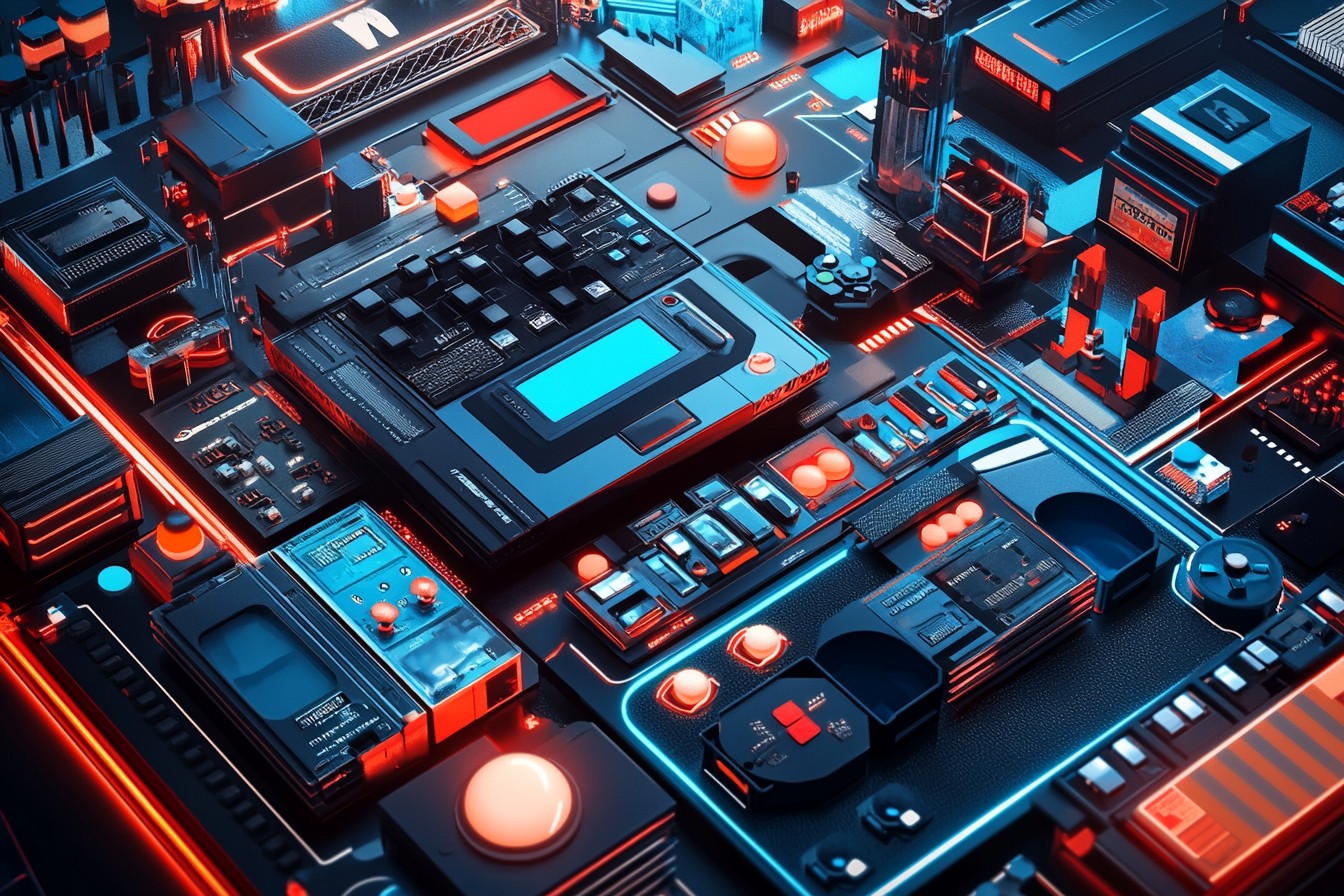
My particular Genesis came bundled with Sonic, but the second game I got (purchased with Christmas money from my grandma who always gave cash because she had “no idea what kids like these days”) was Phantasy Star III. I’d never really played RPGs before—they seemed slow, complicated, text-heavy. But something about that cover art with the three characters and the weird sci-fi/fantasy hybrid setting called to me. What followed was a 45-hour odyssey that redefined what I thought games could be. The multi-generational storyline, where your choices determined which character your child would be in the next chapter, blew my adolescent mind. The Sega Genesis RPGs library doesn’t get enough credit compared to the SNES juggernauts like Final Fantasy, but games like Phantasy Star and Shining Force created RPG fans out of kids who would have otherwise dismissed the entire genre.
The Sega arcade perfect ports were another revelation. Having previously played stripped-down, barely recognizable NES versions of arcade hits, seeing games like After Burner II and Space Harrier looking essentially identical to their coin-op counterparts felt like witchcraft. My uncle, who wasn’t a gamer but enjoyed the occasional arcade visit when taking me to the mall, actually did a double-take when he saw me playing Golden Axe. “That’s the same game from the arcade,” he said, not as a question but as an amazed observation. For kids without unlimited quarters, bringing the arcade experience home was nothing short of magical.
Of course, not all of Sega’s big swings connected. The various Genesis peripherals occupy varying levels of success in my memory. The Power Base Converter that let you play Master System games was neat but collected dust after the novelty wore off (sorry, Alex Kidd). The Sega CD attachment, which my parents got me for my birthday in 1993 after months of begging, came with mixed results. Night Trap was terrible but felt illicitly exciting with its grainy full-motion video of actual women in nightgowns. Sonic CD was legitimately great. Sewer Shark was… well, it existed. But even the failed experiments felt exciting—Sega was trying things, pushing boundaries, while Nintendo seemed content to just refine their familiar franchises.
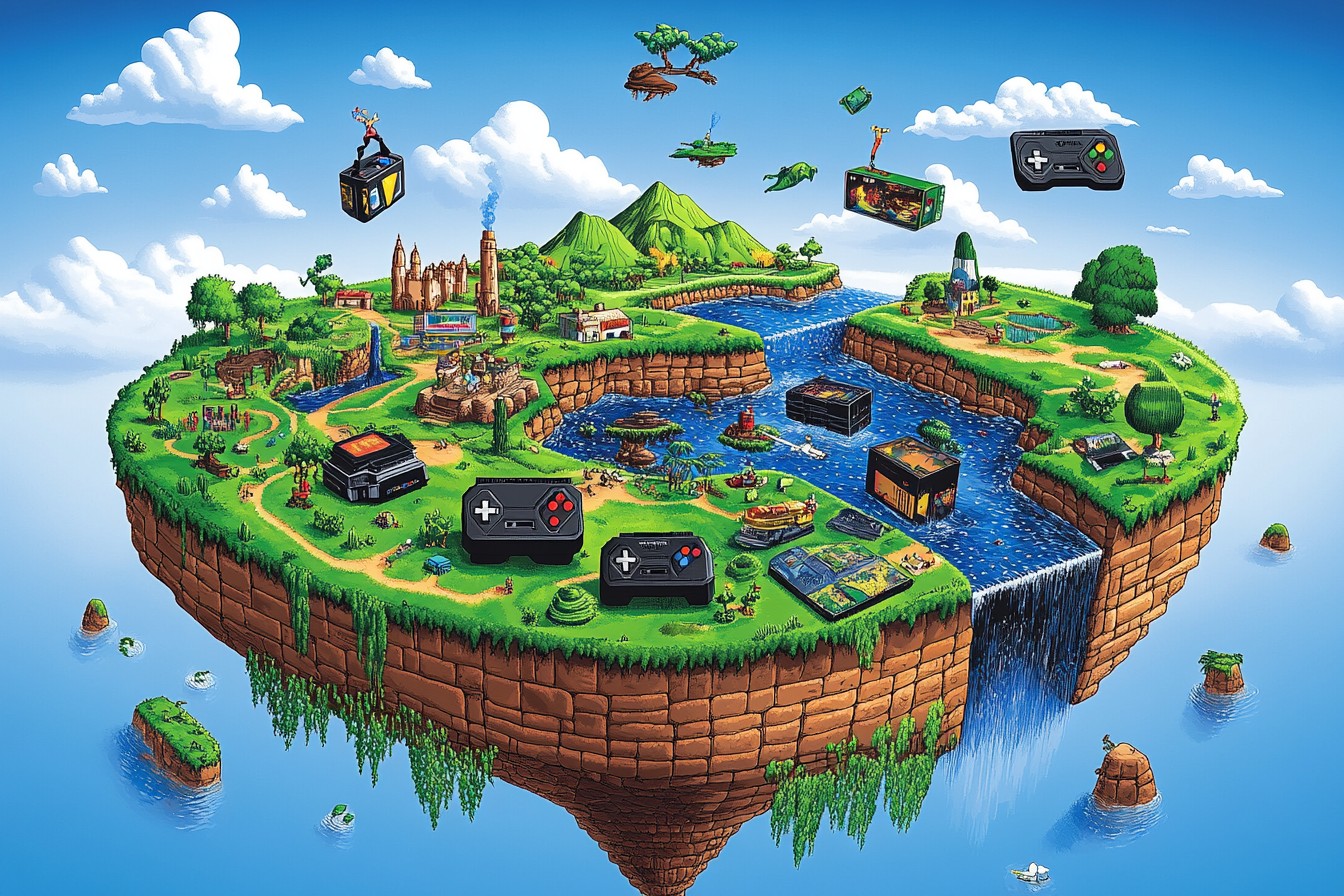
I have a confession that might get me kicked out of the Sega faithful: I secretly loved the FMV games on Sega CD. Not because they were good—most were objectively awful—but because they represented this weird transitional moment in gaming history where no one knew what the future would look like. Playing Ground Zero Texas with its cheesy actors and “interactive movie” premise feels embarrassing now, but at the time, it seemed like one possible future for gaming. I’d invite friends over specifically to watch/play these games, turning my bedroom into a mini-theater where we’d collectively groan at the acting and cheer when we managed to shoot the alien at just the right moment. It was social gaming before online multiplayer, bonding over shared awful experiences.
Let’s talk about the 32X, though. By 1994, I’d saved up enough from my summer job bagging groceries to buy one despite my dad’s insistence that I was “just throwing money away.” He was right, as it turned out. That mushroom-shaped monstrosity sitting atop my already cobbled-together Genesis/Sega CD tower looked like something out of a sci-fi movie, and not in a good way. But Star Wars Arcade on that thing… for about two weeks, I convinced myself it was the greatest technological achievement in human history. The fact that I could fly a polygonal X-Wing that somewhat resembled the ones from the movie was enough to temporarily justify the purchase. Reality set in quickly when virtually no other worthwhile games appeared for the peripheral. That’s the thing about being a Sega kid—you rode the highs and the lows, and sometimes those lows involved weird mushroom-shaped add-ons.
The Sega Genesis collecting scene has exploded in recent years, which feels like vindication for those playground arguments. Games I remember my friends dismissing as inferior to their SNES counterparts now command serious prices on the secondary market. That complete-in-box copy of Castlevania: Bloodlines that I traded to Danny for his spare copy of NBA Jam (a decision that seemed reasonable at the time) would probably help with my mortgage payments today. I’ve managed to rebuild about half my original collection, focusing on the games that meant the most to me rather than trophy pieces. My original Genesis died sometime around 1997 after an unfortunate soda spill (my college roommate’s fault, not mine), but I found a Model 1 at a flea market a few years ago that works perfectly. The startup sound still gives me chills.
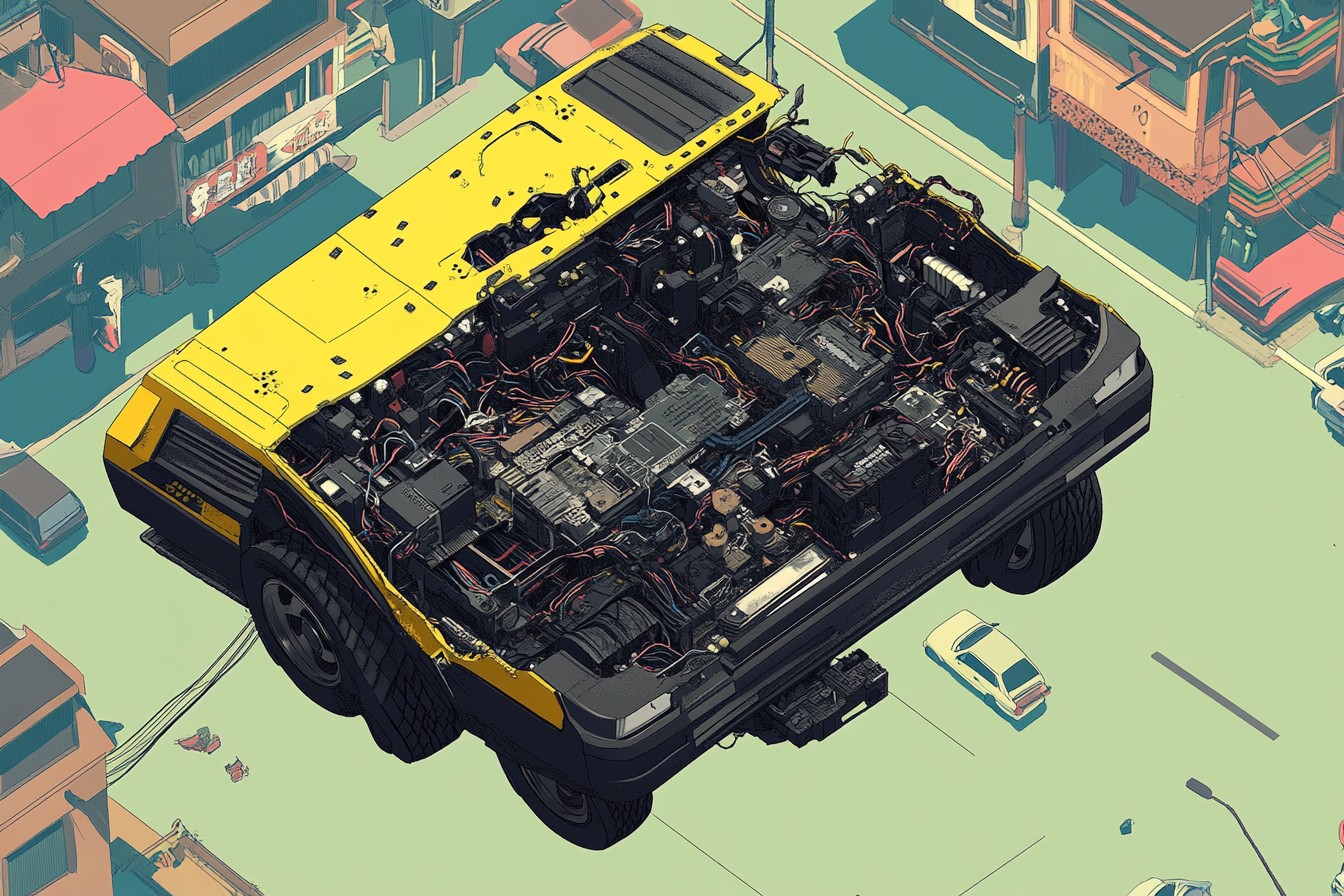
One thing that’s difficult to convey to modern gamers is how the Genesis shaped not just what we played but how we thought about ourselves as players. Nintendo had cultivated this wholesome, family-friendly image that, while appealing, felt increasingly childish as I entered my teen years. Sega offered an identity that aligned with how I wanted to see myself—a bit rebellious, a bit more grown-up, into faster and edgier experiences. It’s no coincidence that Sega sponsored major sports events and had ads featuring athletes, while Nintendo stuck with colorful cartoon characters. The Genesis wasn’t just a console choice; it was an early opportunity for identity formation, as pathetically earnest as that sounds in retrospect.
The technical limitations of the Genesis, compared to modern systems, created this perfect environment for creativity. Developers couldn’t rely on photorealistic graphics or voice acting to carry their games, so they had to focus on mechanics, on feel, on creating distinctive worlds with limited tools. A game like Gunstar Heroes, with its relentless pace and vibrant visuals, showcases what talented developers could wring from the hardware when they really understood it. The team at Treasure pushed that Motorola 68000 processor to its absolute limits. When my SNES-owning friends would come over and I’d fire up Gunstar Heroes, there would be this brief moment of quiet as they processed what they were seeing, followed by an inevitable “Can I try?” That was victory in the console wars—not sales numbers or marketing slogans, but that moment of genuine envy.
Sometimes I think about how different my gaming tastes might be if my parents had bought me a Super Nintendo instead. Would I still gravitate toward faster-paced games, toward experiences with a bit more attitude? Would I have the same appreciation for electronic music, which was so prominently showcased in Genesis soundtracks? The games we play shape us in subtle ways, and the 16-bit decision my parents made (largely based, I suspect, on which console was on sale that week) influenced how I’ve approached interactive entertainment for decades since.
The Genesis wasn’t perfect. The three-button controller’s curved design crammed your fingers together in ways that could cause genuine pain during marathon Toe Jam & Earl sessions. Some genres, particularly those requiring more buttons or more colors, undeniably looked better on the SNES. But the Genesis had heart, it had attitude, and it had a library of games that weren’t trying to be anything but fun. In an industry that sometimes takes itself too seriously, that’s a legacy worth celebrating.
When I hook up my Genesis now, carefully connecting those RF adapters to my modern TV through a daisy chain of increasingly obscure conversion devices, I’m not just revisiting old games. I’m reconnecting with a version of myself—that kid who chose the “cool” console, who mastered Sonic 2’s Chemical Plant Zone while blasting Nirvana from his tape deck, who believed that blast processing was definitely a real thing that made his console objectively superior. The Sega Genesis didn’t just change gaming; it changed gamers. It certainly changed me. And every time that “SEGAAAAA” startup sound plays through my speakers, I’m thirteen again, ready to experience the 16-bit revolution one more time.

